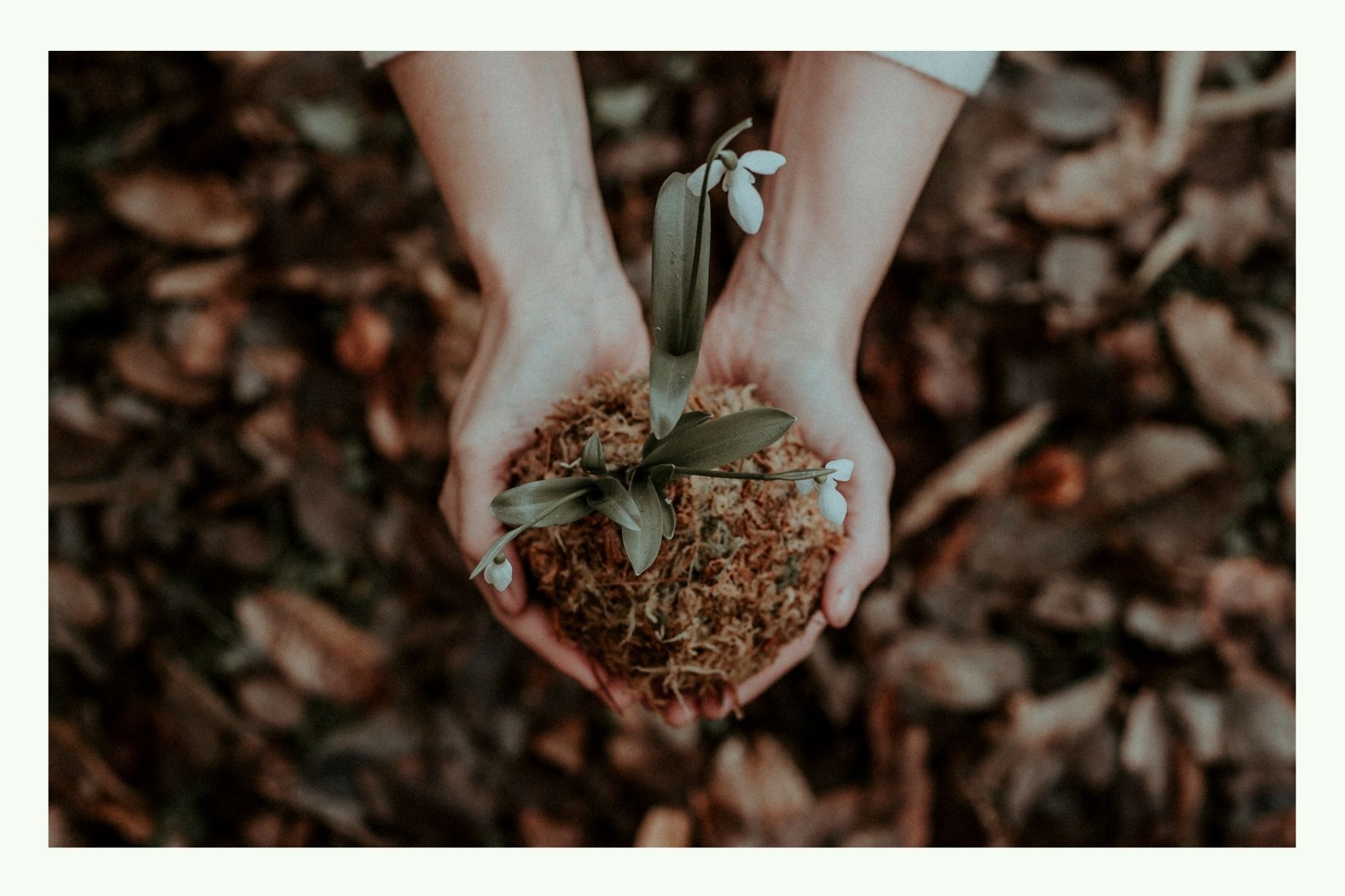Which plastic packaging is more sustainable?

Which plastic packaging is more sustainable?
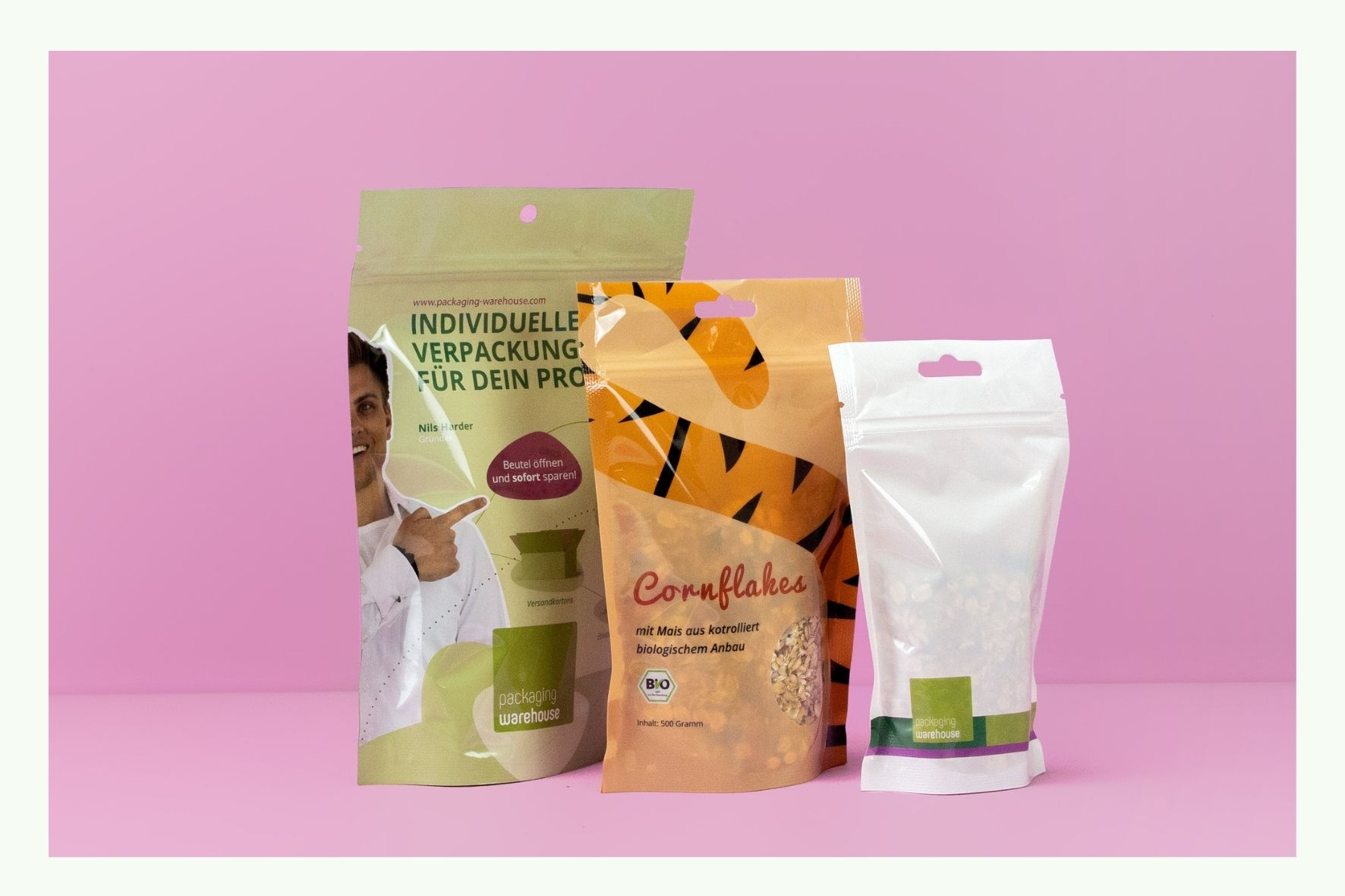
SUSTAINABLE PACKAGING WITH PLASTIC
Plastic packaging is always in the spotlight in the sustainability debate. This is not least because there are good arguments both for and against the use of plastics.
One thing is certain: completely avoiding the use of plastic as a packaging material does not seem very realistic in the foreseeable future. Many experts emphasize that this is not even necessary. What is needed, however, is a more conscious use of the material.
This is because it is definitely possible - and in some cases even makes sense - to use plastic for reasons of sustainability, for example when paper-based materials such as cardboard and corrugated board cannot provide sufficient goods protection.
However, there is often insecurity as to which plastic packaging can be used sustainably. After all, there is not only a choice between mono and composite materials, but also between recyclable, bio-based and compostable plastics.
One thing is certain: completely avoiding the use of plastic as a packaging material does not seem very realistic in the foreseeable future. Many experts emphasize that this is not even necessary. What is needed, however, is a more conscious use of the material.
This is because it is definitely possible - and in some cases even makes sense - to use plastic for reasons of sustainability, for example when paper-based materials such as cardboard and corrugated board cannot provide sufficient goods protection.
However, there is often insecurity as to which plastic packaging can be used sustainably. After all, there is not only a choice between mono and composite materials, but also between recyclable, bio-based and compostable plastics.
PLASTIC COMPOSITE PACKAGING
Composite materials are always made up of at least two materials. These can be two different plastics (e.g. PE and PET) or a composite of, for example, plastic and paper.
The main advantage of composite packaging is that it combines the properties of several materials. The barrier performance of a package (against oxygen, moisture and co) can be optimized very easily and specifically by using composite materials.
While goods protection always contributes to environmental protection, especially in the case of sensitive and quickly expiring products such as foodstuff. However, composites are not the most ecologically favorable option, mainly due to their limited recyclability:
The main advantage of composite packaging is that it combines the properties of several materials. The barrier performance of a package (against oxygen, moisture and co) can be optimized very easily and specifically by using composite materials.
While goods protection always contributes to environmental protection, especially in the case of sensitive and quickly expiring products such as foodstuff. However, composites are not the most ecologically favorable option, mainly due to their limited recyclability:
- Composites made of several plastics are difficult to separate into their individual components. That is why they do not end up in the yellow garbage can, but in the residual waste, which is usually followed by incineration.
- Paper-plastic composites also cause difficulties in the recycling process. Although these can be separated with increased effort, only the paper can then be recycled.
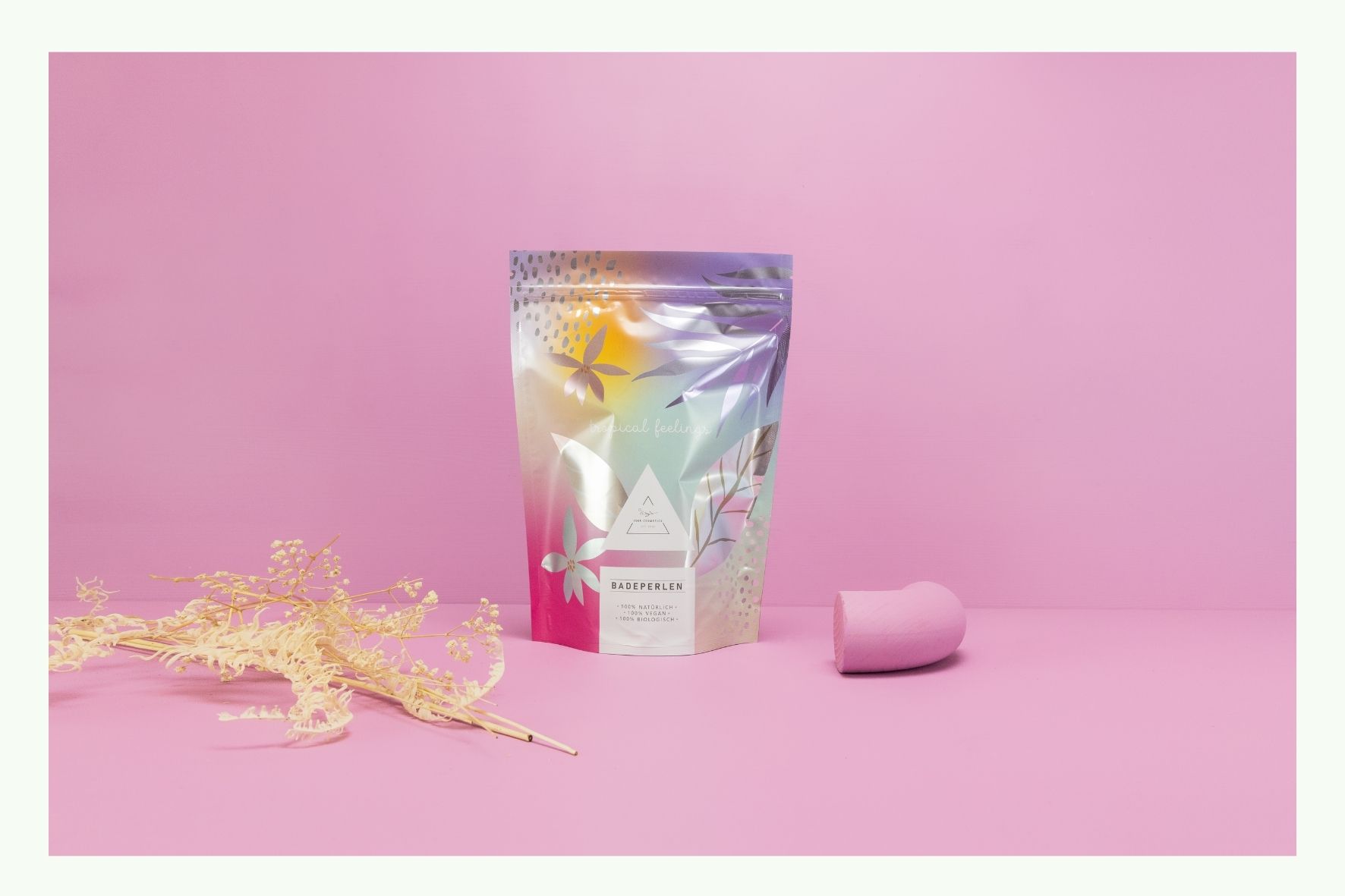
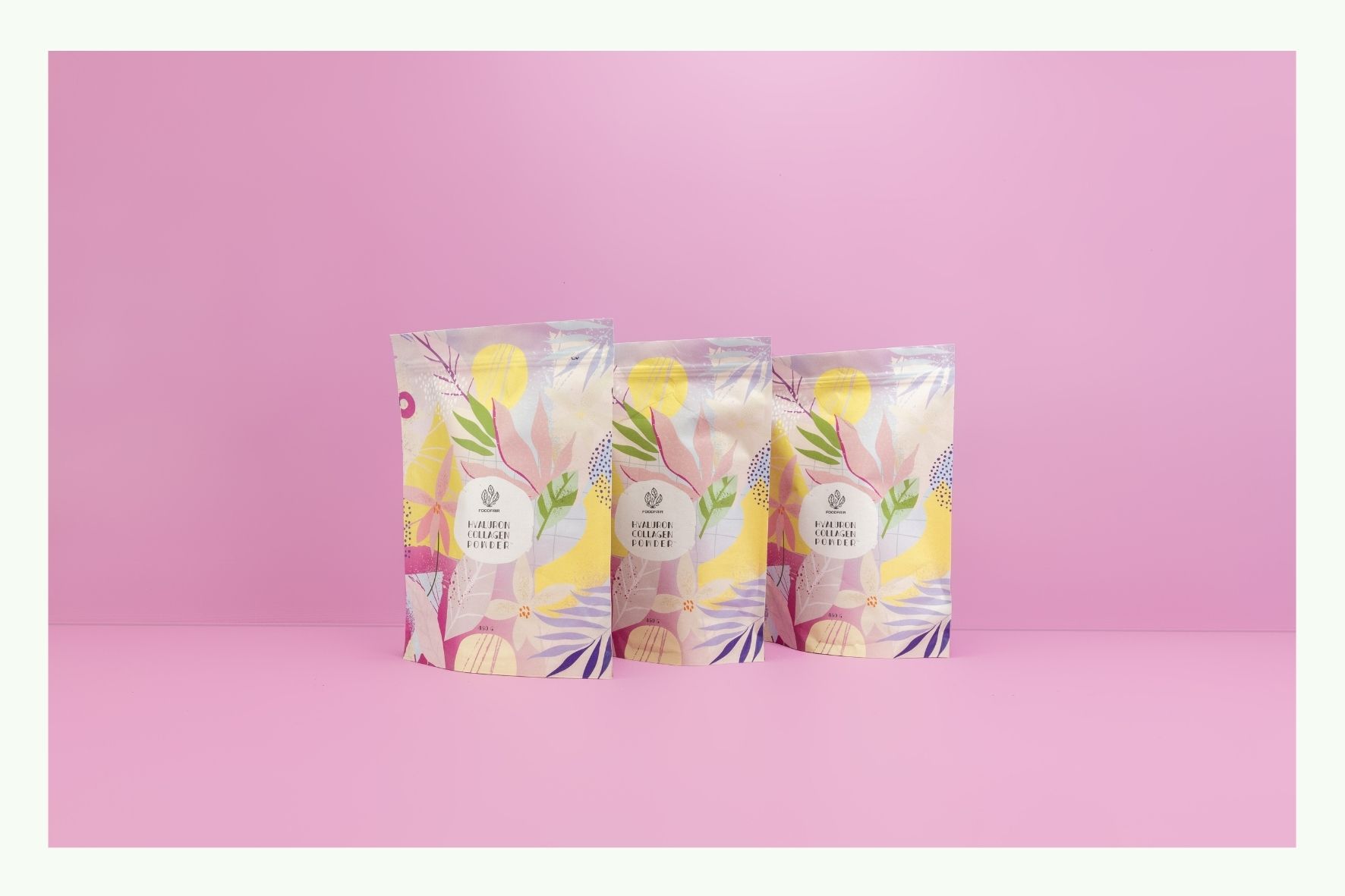
PACKAGING MADE FROM MONOCOMPOSITES
Packaging made of monoplastics is single-sort. According to German legislation, they must consist of at least 95% of only one material. Monoplastic packaging has the advantage over composite packaging in particular that it can be recycled easily and, what's more, in a very energy-efficient manner.
Thanks to their recyclability, monoplastics score with a significantly better eco-balance than plastic composites. According to a study by the Fraunhofer Institute, the use of recycled plastics (compared to the use of new primary plastics) saves more than 50 percent of greenhouse gas emissions.
The monoplastics that can be recycled very well include PE and PET. Examples of their use as packaging materials include beverage bottles and pouch packaging. By the way, you can also find the latter in our range: flat pouches and doypacks made of PE/EVOH/PE monofilm.
Thanks to their recyclability, monoplastics score with a significantly better eco-balance than plastic composites. According to a study by the Fraunhofer Institute, the use of recycled plastics (compared to the use of new primary plastics) saves more than 50 percent of greenhouse gas emissions.
The monoplastics that can be recycled very well include PE and PET. Examples of their use as packaging materials include beverage bottles and pouch packaging. By the way, you can also find the latter in our range: flat pouches and doypacks made of PE/EVOH/PE monofilm.
BIO-BASED PLASTIC PACKAGING
Plastics made partly or largely from plant biomass, such as corn, potatoes or sugar cane, are readily promoted as an environmentally friendly alternative to conventional plastics.
However, this alone does not make "bio-plastics" more sustainable. A report by Deutsche Umwelthilfe (German Environmental Aid), for example, emphasizes that the life cycle assessments of bio-based plastics "do not show any general environmental advantages" - and cites several reasons for this:
However, this alone does not make "bio-plastics" more sustainable. A report by Deutsche Umwelthilfe (German Environmental Aid), for example, emphasizes that the life cycle assessments of bio-based plastics "do not show any general environmental advantages" - and cites several reasons for this:
- Also high consumption of fossil energy sources in cultivation and processing of raw material plants
- often consist only partly of plant mass
- loss of biodiversity through soil conversio
- heavy strain on the natural environment due to overfertilization and acidification of soils and waters
- Sorting plants are not designed for biobased plastics
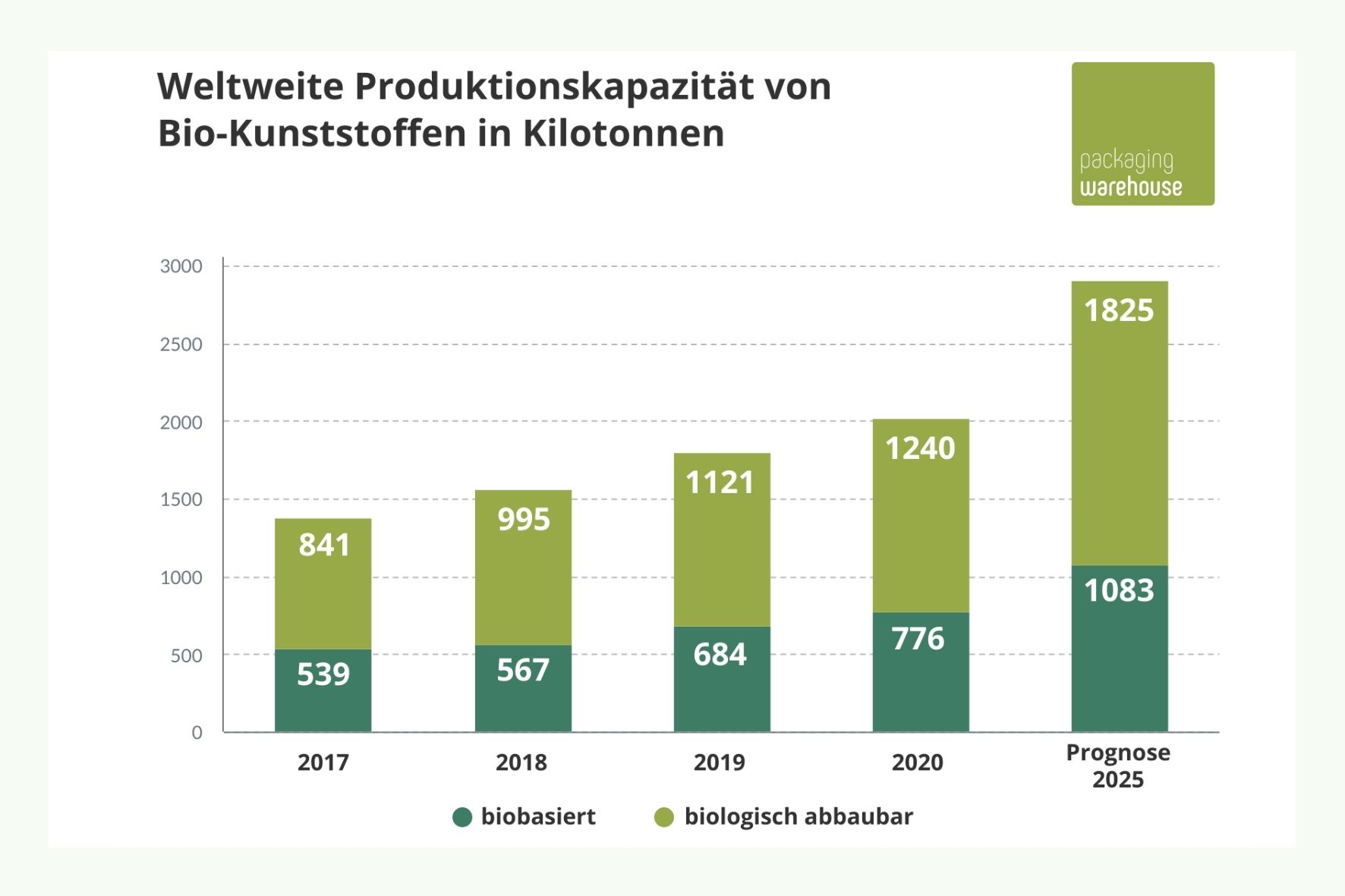
BIODEGRADABLE PLASTICS
Plastic packaging is considered biodegradable if, under certain conditions, it can be decomposed by microorganisms and fungi, i.e. composted (and 90 percent of it breaks down into pieces no larger than two millimeters within 12 days). But composting also has disadvantages:
- In contrast to recycling, the energy used in production and the energy bound in the material is lost through composting.
- No valuable soil components are created, as only degradation to CO2 and water occurs.
- Degradation is only possible at a certain temperature, humidity and oxygen availability.
- For biodegradable plastics, the rotting time is significantly longer than for conventional biowaste.
- There is no significant gain of biogas in anaerobic digestion plants. And no energy is obtained through composting - as in waste incineration plants.



 (1).png)
.png)
.png)
.png)
.png)
 (1).png)
.png)

 (1).png)
.png)
.png)
.png)
.png)
.png)


.png)
.png)



.png)


.png)
.png)
.png)
.png)












.png)


.png)
.png)
.png)
.png)
.png)
.png)
.png)










.png)







.png)
.png)












.png)
















































.png)











.png)

.png)














